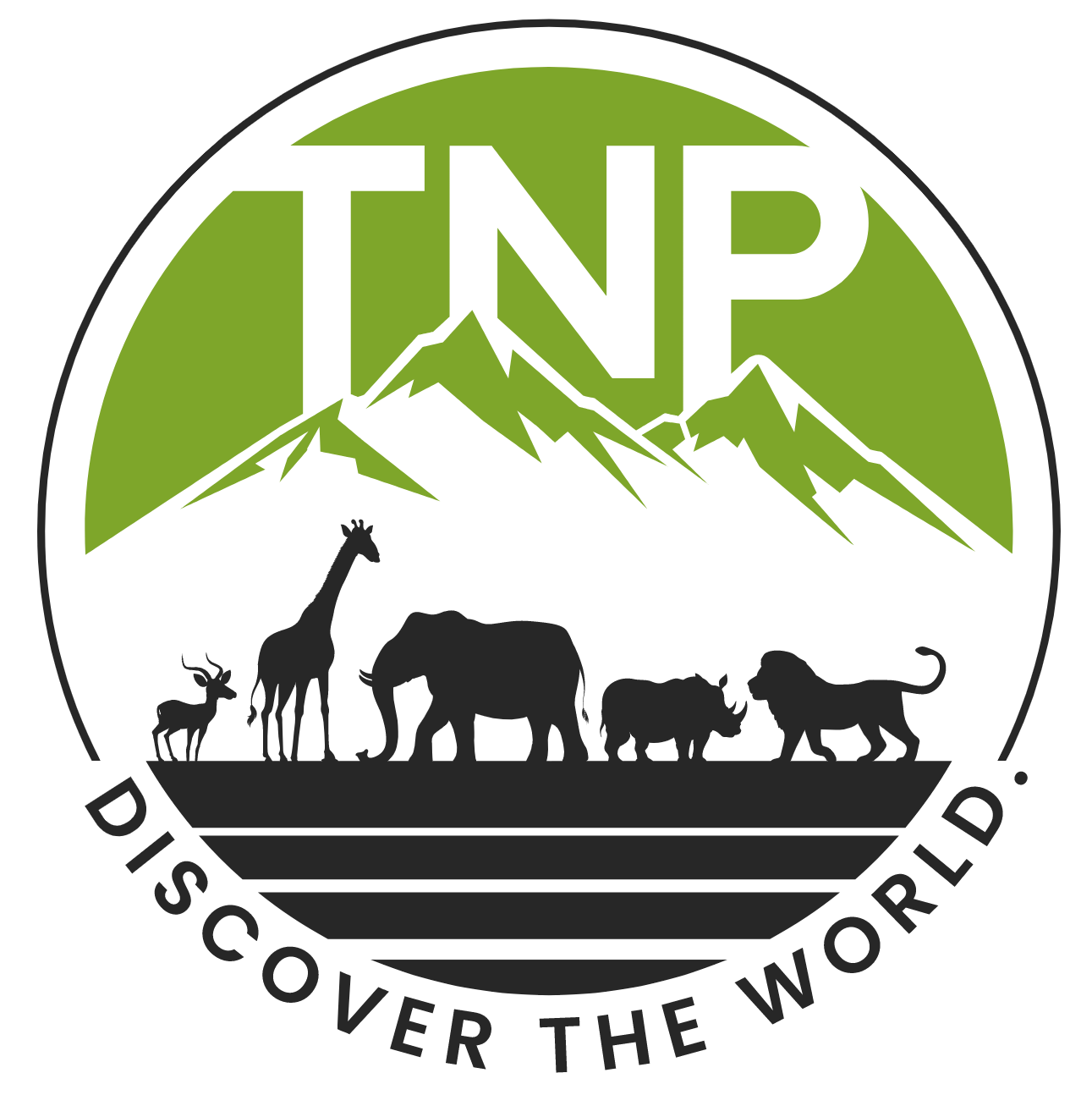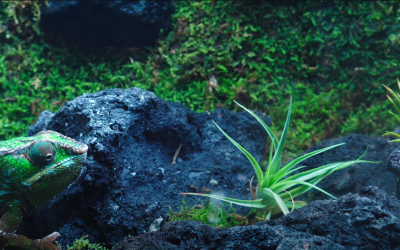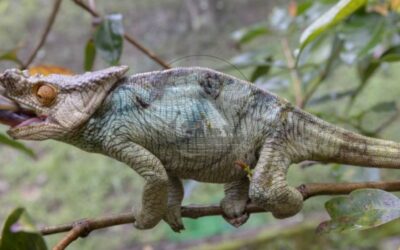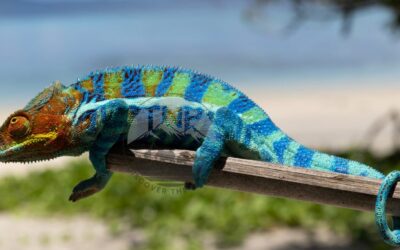Most of my experiences with the Madagascar people and the tribes are fond memories. There are many more tribes I have yet to meet. Exploring the rich Malagasy culture, spiritual beliefs, and the undeniable impact of modernity on their traditional ways has been eye-opening. But you must go out and around the capital, Antananarivo, to visit the ethnic groups in Madagascar.
The Merina, Betsimisaraka, Betsileo, and Antandroy’s sacred rites and resilience are vibrant. I am genuinely amazed by how these ethnic groups of Madagascar preserve their heritage while navigating the challenges and opportunities presented by the 21st century.
Major Ethnic Groups Among The Madagascar People
Madagascar is also known as the Merina Kingdom, which echoes its rich royal heritage with rulers like King Radama and Queen Ranavalona. With a Total population of 29.61 million people, I’ve seen firsthand the distinct cultural nuances and stunning visuals that the Indigenous Malagasy people and ethnic groups bring to the table.
The people of Madagascar, known as the Malagasy, trace their origins back to settlers from Borneo, Indonesia, and East Africa. They embody the Malayo-Indonesian lineage. Their rich cultural heritage includes Southeast Asia, India, Africa, and the Middle East influences.
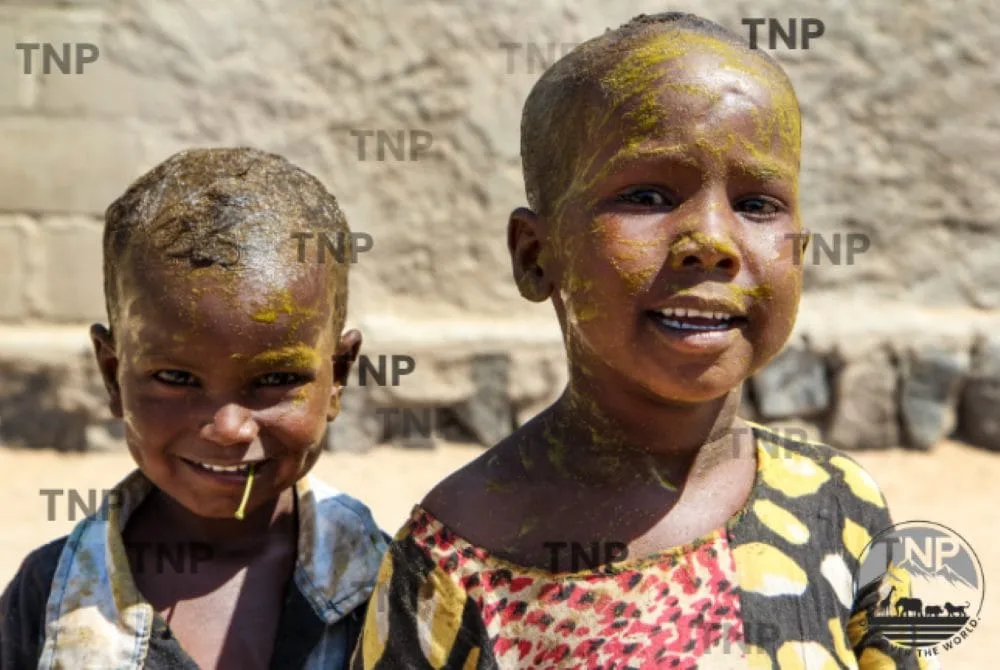
Many people in Madagascar reside along the coast located beside the southwestern Indian Ocean, particularly in rural areas where the traditional way of life is preserved. Madagascar’s coastline stretches about 6,000 kilometers. It measures 1,600 kilometers from north to south and is up to 600 kilometers wide at its broadest point.
The island is located just 300 kilometers away from the east coast of Africa, separated by the deep Mozambique Channel. Here’s an overview of my experiences with some of the island’s major ethnic groups:
Merina
Situated in the central highlands, the Merina are perhaps the most politically influential and largest ethnic group in Madagascar. They play a key role in the cultural and political landscape of the island. Their regal history is mirrored in the intricate architecture of their royal palaces and the sophisticated rituals that permeate their cultural ceremonies.
Photographing the Merina often means capturing images of elaborate ceremonies and intricate silk garments, a testament to their rich historical legacy.
Betsileo
The Betsileo people of Madagascar live in the central highlands, primarily located in the Fianarantsoa Province. Known for their agricultural prowess, they are skilled at rice farming, an essential part of their diet and culture. The Betsileo are also renowned for their intricate funerary traditions, which reflect a deep reverence for ancestors.

These traditions include the Famadihana, or “turning of the bones,” a ceremony where family members exhume, rewrap, and honor their ancestors’ remains. They are the second largest ethnic group, meaning “The Invincible Ones,” and are characterized by their tight-knit community bonds and rich cultural heritage, including traditional music and dance.
Betsimisaraka
Along the coastal areas of East Africa, the Betsimisaraka, whose name means “many invincibles,” live with a legacy intertwined with piracy and the bustling life of maritime trade. Their communities are vibrant, with lively music and dance that reflect their connection to the sea. Capturing their boat-building activities and the festive atmosphere during their traditional dances in Madagascar is always a highlight, showcasing the vibrant culture of its people.
Sakalava
Dominating the western and southern regions, the Sakalava are known for their historical kingdoms and the richness of their cultural traditions. My lens has often focused on their spiritual ceremonies and the colorful, hand-painted tombs, which are as expressive as they are sacred. Their history as a ruling tribe is etched in every ritual and facial tattoo, telling stories as vivid as any spoken word.
Antandroy
Known as the “people of the thorns,” the Antandroy inhabit the arid southern parts of Madagascar. Their resilience is as remarkable as the spiny forests they call home. Photographing the Antandroy means capturing their daily struggle and intimate moments of their life in one of Madagascar’s harshest landscapes, where every drop of water is precious, highlighting the resilience of the Malagasy people.
Bara
In the southern highlands, the Bara focus heavily on cattle herding, and their social customs revolve around these animals. The importance of cattle is visible in their rites of passage, marriage negotiations, and even conflicts, a practice that dates back to the era of King Radama. Photographing a cattle raid or the intense face of a young man participating in traditional cattle wrestling can be as heart-pounding as it is culturally significant.
Tsimihety
The Tsimihety live in the island’s northern part and are known for their fierce independence and resistance to the Merina’s historical attempts at domination. Their remote and rugged landscapes provide a dramatic backdrop for capturing their way of life, which remains closely tied to the land and their traditions of subsistence farming.
Mahafaly
Residing in the southwest, the Mahafaly are perhaps best known for their ornate funerary art, including elaborately carved tombstones topped with aloalos (wooden totems). These totems are not just art; they are historical records of lived lives, often featuring symbols representing the deceased’s life and values. Photographing these totems in Madagascar demands a respectful distance and a keen eye for detail, as each symbol tells a part of a larger story, reflecting the beliefs of the Malagasy people.
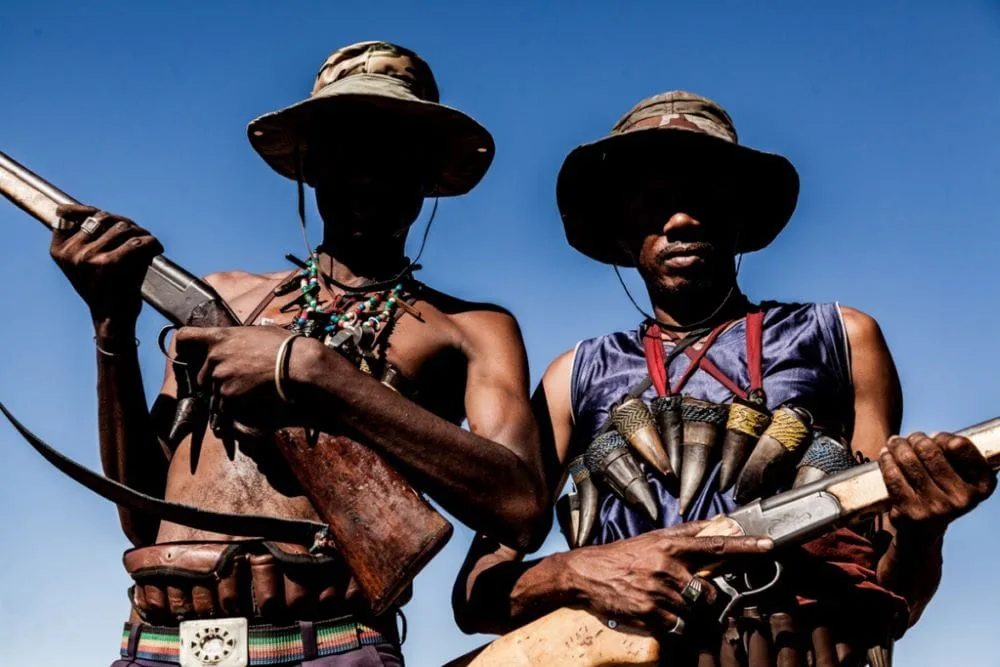
Tanala Tribe
The Tanala, meaning “people of the forest,” are an ethnic group residing in the rainforests of southeastern Madagascar. Known for their deep knowledge of the forest and its biodiversity, the Tanala are skilled hunters, gatherers, and herbalists, often using plants for medicinal purposes.
Their society, particularly among ethnic groups like the Merina in the highland regions, is structured around clans. They have a rich oral tradition in the Malagasy language that includes folk tales and ancestral worship. The Tanala maintain a close relationship with their natural environment, which is reflected in their cultural practices and the sustainable methods they use to extract forest resources.
Bantu Tribe
“Bantu” primarily refers to a Malagasy language group rather than a distinct ethnic group within Madagascar. However, the influence of Bantu-speaking peoples is evident in the cultural and genetic makeup of some Malagasy populations, particularly those in coastal areas.
Over a thousand years ago, the Bantu migrations brought agricultural techniques, ironworking skills, and new linguistic elements to the island. This Bantu influence has blended over centuries with other cultures, contributing to the diverse cultural and ethnic landscape that characterizes Madagascar today.
Languages of Madagascar
Madagascar’s linguistic landscape is dominated by the Malagasy language, which reflects the island’s diverse history and geographical isolation. Malagasy is part of the Austronesian language family, tracing its roots back to early settlers from Borneo. This unique linguistic lineage sets it apart from the languages of mainland Africa, showing its Malayo-Indonesian roots.
Despite the island’s various tribes and cultural distinctions, Malagasy remains the principal language spoken across Madagascar, serving as a unifying communication medium.
Additionally, French is widely used, a remnant of colonial times, and serves as an administrative and educational language. Smaller groups within the country also speak English and Arabic, especially in the business and tourism sectors.
Religions of Madagascar
Diverse beliefs and practices characterize religion in Madagascar due to the island’s multiethnic makeup and historical influences. According to Pew Research Center data, most of the Malagasy population adheres to Christianity, with the rise of missionary activity.
Protestant and Roman Catholicism are the predominant branches. About half of the population practices Protestantism, while Roman Catholics represent about a third.
Indigenous beliefs and practices also play a significant role in Madagascar, often intertwining with Christian practices to form a unique religious synthesis among the Malagasy people. Furthermore, a small percentage of the population follows Islam, primarily in the northwestern provinces, where traders from the Middle East and Asia influenced local cultures.
Another segment of society, approximately 6.9 percent, does not affiliate with any religion, reflecting Madagascar’s diverse and evolving spiritual landscape.
Cultural Practices and Traditions of Malagasy Ethnic Groups
Traveling through Madagascar has allowed me to witness various striking cultural practices that vary significantly from tribe to tribe. From marriages to funerary rites and coming-of-age ceremonies, each tribe in Madagascar has its own set of customs deeply embedded in their way of life.
Let me share some of my journeys’ most memorable experiences and observations.
Marriage Customs
Across different tribes, marriage is not just a union between two people but a bond between entire families. In the Bara tribe, for example, a young man must prove his worth by cattle wrestling. This daring display is not just about strength; it’s a deeply ingrained cultural tradition that signifies bravery and readiness to take on family responsibilities.
Funerary Rites
Perhaps one of the most profound ceremonies I’ve witnessed is the Famadihana, or the ‘turning of the bones’, practiced by the highland tribes such as the Merina and memorialized during the reign of Queen Ranavalona.
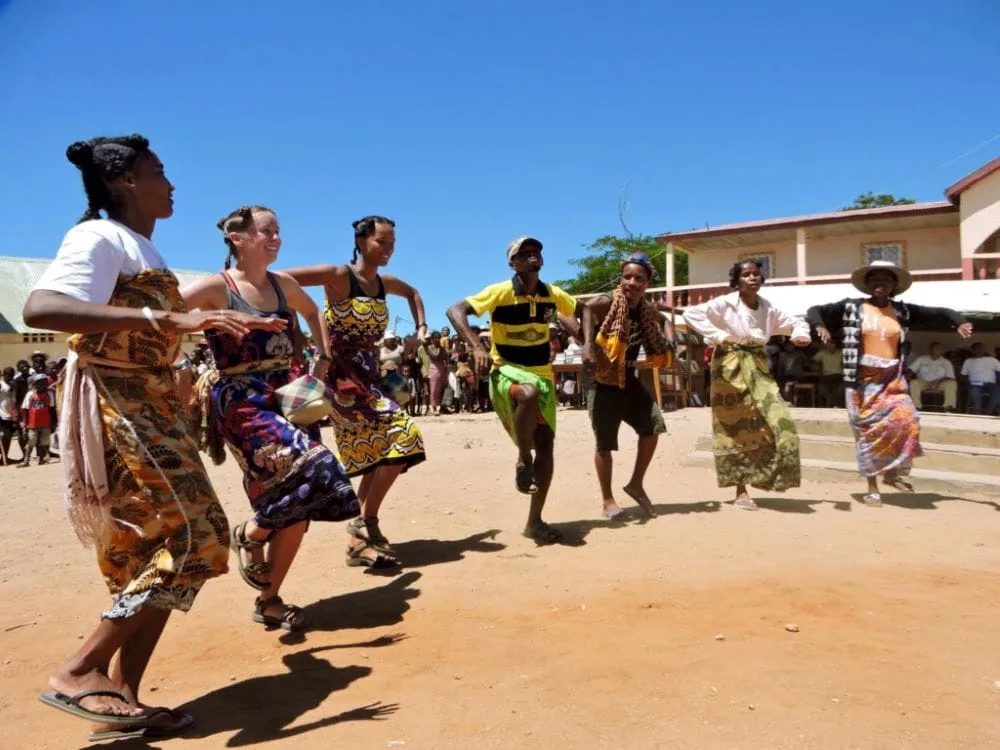
Every five to seven years, families exhume the bones of their ancestors, wrap them in fresh cloth, and dance with the bundles in a joyous celebration of life and family continuity.
It’s a poignant reminder of the cyclical nature of life and death and a testament to the Malagasy’s respect and reverence for their ancestors.
Coming-of-Age Ceremonies
The coming-of-age rituals are particularly moving. The Sakalava, for instance, celebrates a boy’s transition into adulthood with a circumcision ceremony held every seven years. It’s a community event marked with festivity and, at times, solemnity in Madagascar, emphasizing the growth of the individual and their new role in the Malagasy community.
Unique Practices
The Sakalava’s Fitampoha is another breathtaking ceremony that involves bathing royal relics. This sacred event draws people from across the region to pay homage and receive blessings.
The relics are treated with utmost respect and care, cleansed in the river, and celebrated with music, dance, and traditional textile adornments.
Experiencing these traditions first-hand has not only broadened my understanding of Madagascar’s rich cultural tapestry but also deepened my appreciation for the diversity of human expression in rituals and social practices.
Each visit offers new insights and a deeper connection with the people who preserve these traditions in a rapidly changing world.
Spiritual Beliefs and Taboos of The Madagasgar People
Exploring Madagascar, it quickly becomes evident how deeply spiritual beliefs and taboos, known locally as fady, influence every aspect of life here, shaping the unique worldview of the Malagasy people. These are not just superstitions but are central to the Malagasy way of living, governing social norms, and even environmental conservation efforts.
Ancestor Worship
Ancestor worship is a cornerstone of spirituality across many Malagasy tribes. For the Malagasy, ancestors remain active in daily life, offering protection, guidance, and wisdom, a belief deeply ingrained in the island’s people.
This connection is maintained through rituals and respect for traditions passed down through generations. During my travels, I’ve been welcomed into village ceremonies where offerings are made to honor these familial spirits, an enlightening experience that is as humbling as it is.
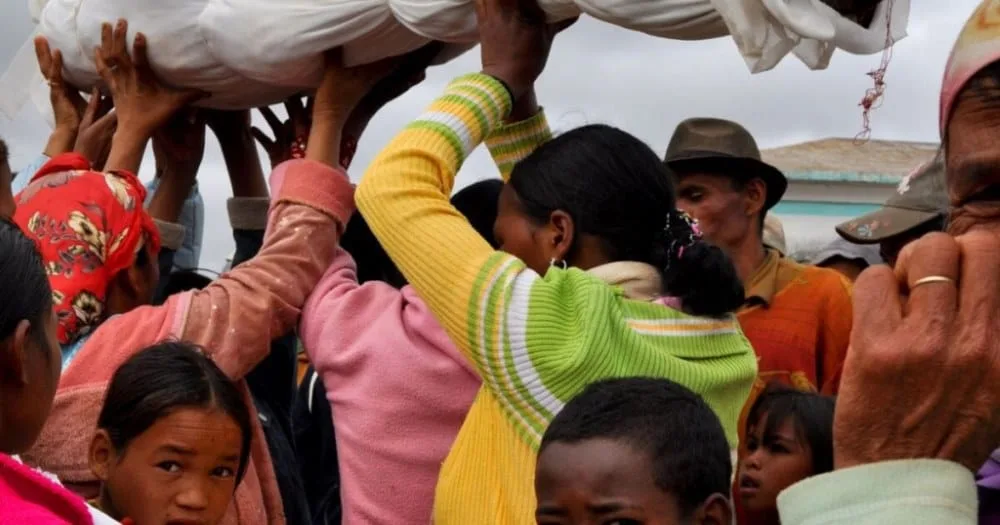
Fady – Sacred Prohibitions
The concept of fady, deeply rooted in Malagasy culture, can be complex. It encompasses prohibitions that dictate behavior toward people, animals, plants, and even certain days. Each tribe, and sometimes each village or family, may have its own fady, including food taboos, restrictions on entering certain areas, or rules about what can be said or done in specific situations.
For instance, in some communities in Madagascar, it’s fady to point directly at a tomb or to pass an egg from hand to hand, illustrating the unique customs of the Malagasy people.
One striking example is the taboo against hunting or eating lemurs, which are considered sacred in many parts of Madagascar. The Antaimoro people strongly hold this belief. While rooted in respect for ancestors who are believed to dwell in these animals, this taboo also plays a critical role in conservation efforts by protecting these endangered creatures from harm.
Environmental Conservation
Interestingly, many fady serve as practical conservation tools. For example, some tribes in Madagascar consider particular forests or lakes sacred and off-limits for fishing or logging, which helps preserve the biodiversity in these areas, reflecting the environmental wisdom of the Malagasy people.
During a visit to the eastern rainforests, I learned about a lake that was fady to fish in, ensuring it remained pristine and full of life, a natural sanctuary for species that might otherwise be at risk due to overfishing.
The weather in Madagascar can quickly fluctuate with time. Know more about the weather in Madagascar.
The Impact of Modernity on Tribal Life in Madagascar
When traveling through Madagascar, I noticed that the effects of globalization on tribal communities are evident. Modern influences are reshaping traditional lifestyles, sometimes offering opportunities but often posing challenges to cultural norms.
For example, in tourist-heavy areas, there’s a visible push and pull between leveraging cultural heritage for economic benefits and preserving the authenticity of traditions.
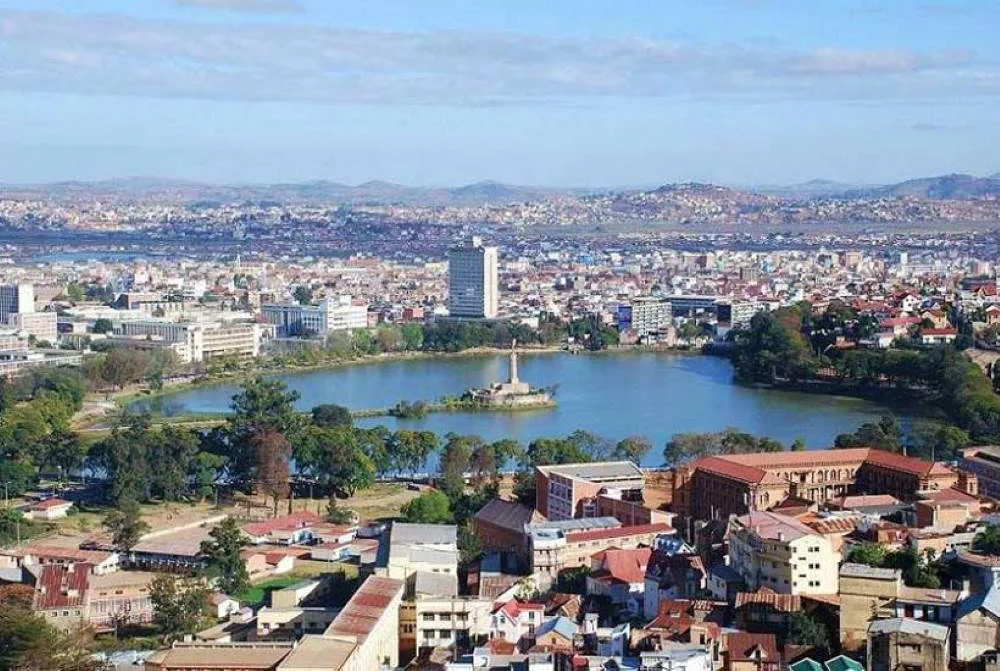
Changes in Livelihoods
Many tribal members have shifted from traditional activities like fishing and farming to working in tourism, selling crafts, or guiding tours, showcasing the rich culture of Madagascar’s ethnic groups. This can be beneficial, providing a stable income where subsistence living is precarious.
However, this shift often pulls the younger generation away from learning the skills and rituals of their ancestors, leading to a gradual erosion of traditional practices.
Preservation of Languages
One of the more subtle effects of modernity is on language. As younger tribe members move to cities for education or work, there’s a noticeable decline in the use of indigenous languages, with Malagasy and even French becoming more dominant. This changes daily communication and affects the transmission of oral histories and traditions.
Balance Between Economic Development and Cultural Preservation
The influx of tourists has spurred economic development in regions like Nosy Be and the Avenue of the Baobabs. While this has improved infrastructure and livelihoods, it also risks commercializing and diluting authentic cultural expressions. The challenge is finding ways to benefit economically from tourism without compromising the integrity of the cultural practices that attract visitors in the first place.
Challenges and Efforts in Cultural Preservation
Maintaining traditional heritage is challenging but not insurmountable. Both local and international efforts are crucial in documenting and preserving these rich cultural practices, including storytelling and the use of the written language of Malagasy.
Challenges
The biggest challenge is the loss of interest among the youth, who are increasingly drawn to the conveniences and lifestyles offered by modern urban settings, moving away from the traditions upheld by the Tsimihety people and others. Economic pressures often prioritize short-term gains from land use over the long-term benefits of preserving cultural sites and practices.
Preservation Efforts
Locally, numerous initiatives led by tribal elders and cultural organizations focus on teaching traditional crafts, dances, and languages to younger generations. Internationally, organizations like UNESCO have provided resources and recognition to significant cultural practices and sites, which help raise awareness and drive preservation efforts.
Documenting Traditions
Efforts to document these practices, including the unique textile traditions and the written language called Malagasy, are vital. This includes written records and digital media, which can capture oral histories and ceremonies for posterity. For example, projects that record traditional music and storytelling help ensure these arts do not vanish as the elders pass away.
Final Words
Reflecting on my journeys through Madagascar, it’s clear that while the island is a vibrant mosaic of cultures and traditions, it’s also at a crossroads with modernity.
The experiences I’ve shared with the Merina, Betsimisaraka, Sakalava, and other tribes have not only provided me with unforgettable memories but also a deep appreciation for their enduring spirits and cultural richness.
As Madagascar continues to navigate the challenges of preserving its unique heritage in an ever-globalizing world, it’s crucial that we, as visitors, approach with respect and a willingness to learn.
Madagascar People FAQs
What are the main tribes of Madagascar?
Madagascar has several significant tribes, including the Merina, Betsimisaraka, Sakalava, Antandroy, Bara, Tsimihety, and Mahafaly.
How does the Merina influence Madagascar?
The Merina, located in the central highlands, are known for their historical political influence and sophisticated cultural rituals.
What is unique about the Betsimisaraka tribe?
The Betsimisaraka, living along the east coast of Madagascar, have a history intertwined with piracy. They are noted for their vibrant music and dance, which reflect their maritime heritage and unique textile techniques.
Can you explain the significance of cattle in Bara culture?
For the Bara tribe, cattle are not just livestock but a central part of social customs, used in marriage negotiations and as a measure of wealth and social status.
What are some coming-of-age ceremonies in Madagascar?
The Sakalava celebrate a boy’s transition to adulthood with a circumcision ceremony every seven years, marking his entry into the community and adult responsibilities.
What is a ‘Fady’ in Madagascan culture?
A ‘Fady’ refers to local taboos or sacred prohibitions that can govern behavior towards people, animals, and even geographical locations, playing a critical role in social and environmental aspects.
How has modernity impacted tribal life in Madagascar?
Modern influences have led to changes in livelihoods, with many tribal members shifting from traditional activities to roles in tourism and crafts, which has affected language use and cultural practices.
What efforts are being made to preserve Madagascan tribal cultures?
Local and international efforts include educational programs by tribal elders, UNESCO’s recognition of cultural sites, and digital documentation of languages and traditions.
How do minority groups in Madagascar handle funerary practices?
Tribes like the Merina, under the rule of King Radama and Queen Ranavalona, practice Famadihana, where they exhume, rewrap, and celebrate with the bones of ancestors. This practice reflects deep respect and ongoing family bonds.
What challenges do groups in Madagascar face in preserving their heritage?
The main challenges include disinterest among the youth toward traditional ways, economic pressures that favor development over cultural preservation, and the loss of indigenous languages.
